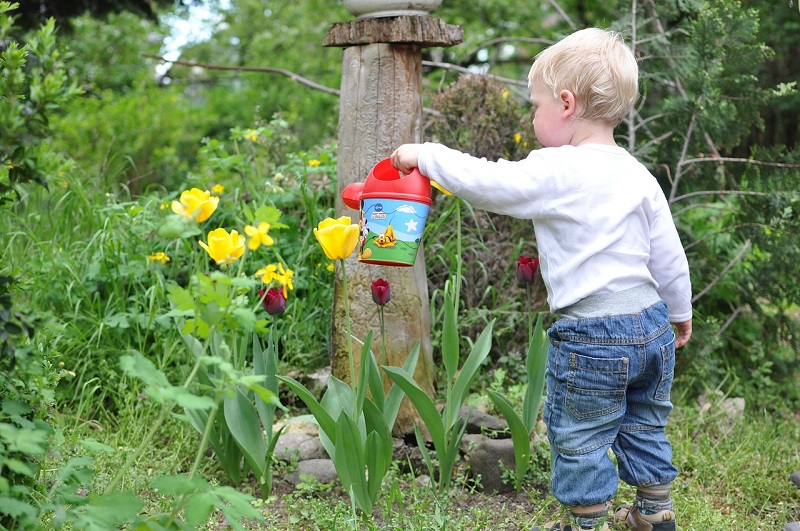
07 Mar The Fun of Suburban Farming
Over the past decade, suburban farming has become popular in the United States, for a number of reasons. These are not people who run huge agricultural businesses to make a living. They may operate a few acres or simply raise chickens in their backyard. Some people just like knowing exactly where their food comes from. Others do it to teach children about healthy eating and the ecosystem. Some Americans are farming because it’s just plain fun, and eating food that they’ve grown on their own gives them a sense of pride.
Suburban Farming is Educational
Teaching children to care for plants or animals teaches them empathy. Animal husbandry teaches kids that we have to take care of each other. The better well cared for the livestock is the more productive they are in providing with things like fresh eggs and milk.
However, that’s just the beginning! When you teach children how to farm you’re also teaching them science and math. You might ask them to help measure the ground and divide it into planting sections. They could weigh out seeds or measure rainfall. They also learn about things like ecosystems and food webs. They gain hands-on learning experience that they can be proud of! If you work with scouts or youth groups, a farm might make a fantastic group service project. You can even raise funds by selling your wares.
Suburban Farming Encourages A Healthy Lifestyle
Gardening can start as a hobby and turn into a lifestyle. By starting your own garden you give yourself and your community access to healthy food choices. A study done by the USDA shows that, “people who have access to fruits and vegetables eat more fruits and vegetables, and that children who garden are more likely to eat fruits and vegetables and have greater knowledge about nutrition and healthy eating habits.” Eating a well-balanced diet of nutritious foods can help reduce risks of high blood pressure, heart disease, and high cholesterol.
Skip the gym this summer and head right outside to your own garden. According to The Guardian “regular gardening or DIY can cut the risk of a heart attack or stroke, and prolong life by as much as 30% among the 60-plus age group.” Both adults and children benefit from the added physical activity.
Suburban Farming Builds Up a Community
Most neighborhoods have strayed from getting to know their neighbors. So, starting a garden in your town can bring the community together. In fact, many communities are starting to embrace this idea all over the United States. They’re called agrihoods, described here on the blog Sharable. The idea is building a small community where individuals grow and share their own fruits and vegetables. Agrihoods grow produce as well as chickens, cows, goats and many other domestic animals. Neighbors share everything from tomatoes and beans to eggs and fresh milk.
You don’t have to live in an agrihood start suburban farming. Look up what ordinances in your area allow. Normally starting a garden is no issues but each city has its own restrictions on what kind of farm animals can live within city limits.
Farming isn’t limited to the suburbs, either. Even in dense city neighborhoods, people are trying their hand at it. Many people are opting to grow food in urban areas as a remedy to food deserts, where people live as much as 10 miles from the nearest grocery store. The USDA has devised a toolkit for anyone looking to get started.
So no matter where you live, get imaginative and see what you can do with a suburban farm in your community.
PHOTO: Pixabay / CC0 Public Domain




No Comments